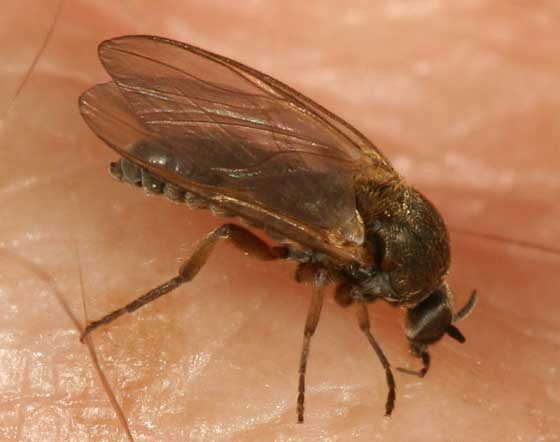Simulium (black fly) is a genus of insect that prefers fast-running (highly oxygenated) waters. These biting insects are known primarily as a nuisance pest in the U.S., but pose significant health risks in other parts of the world.
In the U.S., black fly populations can grow to such numbers that outdoor activities in the affected area become more or less intolerable. The effects range from a detrimental impact on lifestyle to severe economic impact on businesses that depend on outdoor activities.

Simulium control in other parts of the world centers on the insect’s ability to vector disease, primarily a type of subcutaneous filariasis called onchocerciasis (river blindness). Onchocerciasis is caused by a nematode carried by black flies. When a fly bites, the nematode is transferred into the bloodstream where it can migrate to the eyes, causing blindness. Both humans and livestock are susceptible to the disease.

Black flies lay their eggs on flowing water. A few days later, larvae emerge and begin to feed while clinging to underwater rocks and vegetation.
Links to suggested control solutions
| VBC Biorational | Habitat |
| VectoBac 12AS | Rivers and streams |
Quick Links
Contact a Valent BioSciences public health representative.
Contact Us